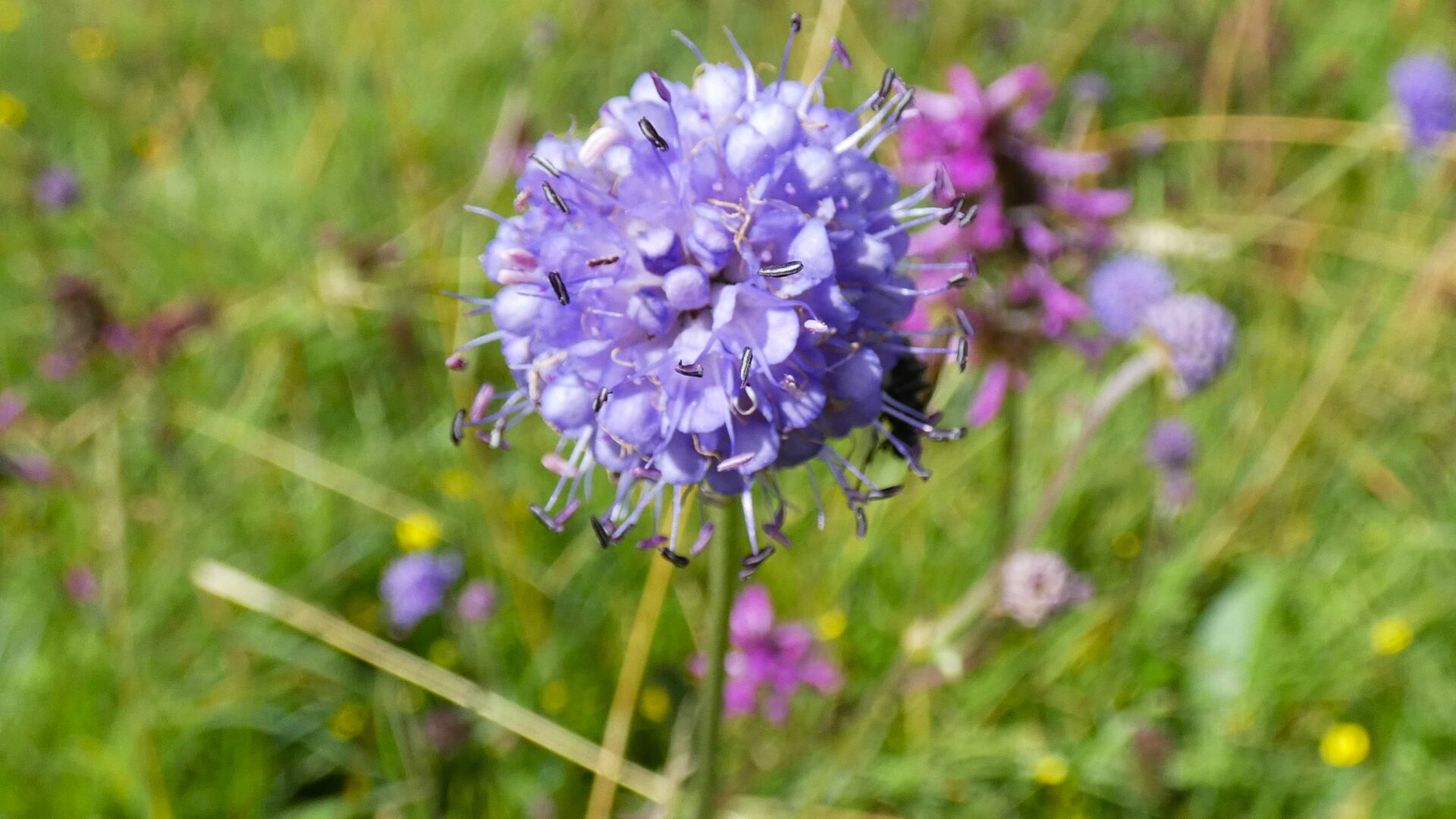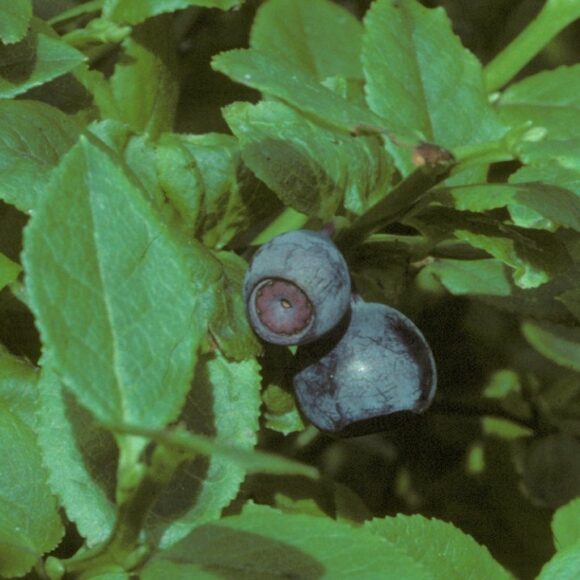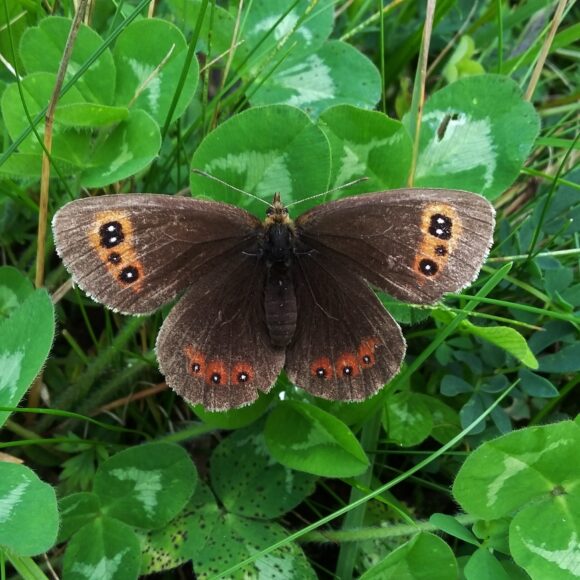
Look Wild: The Yorkshire Dales in August
-
Date posted: 29/08/2024
-
Time to read: 10 minutes
As the long summer days start to shorten in the Yorkshire Dales National Park there is an autumnal feel in the air, giving the first hint of the changing season. August is a transitional month, and although many key breeding species such as curlew have already left for the wintering grounds and the flight season is over for many invertebrates, there are still a few key species of ‘on the wing’.
Similarly, the flowering period for many of our important plant species is over but there are still a few ‘gems’ that add a splash of colour within the calcareous grasslands. For some species, the forthcoming months can be a time of plenty, as fruits, nuts and berries develop and provide a crucial food source for some of our key migratory bird species as they prepare to head south for the winter. They are also essential for some of our mammal species, as they need to make the most of the food source to put on essential fat reserves to help them through the long winter months.
Despite being a time of change there is still plenty to see, so make the most of the long days, head out into the Yorkshire Dales National Park and see what you can see.

Devil’s-bit scabious
These bluish-purple flowers are at their peak in August and may be found in marshy grasslands, meadows and pastures in the Dales. They provide late summer nectar for butterflies and bees when many of our other wildflowers have gone over for the year. Their strange name derives from the truncated appearance of the plant’s roots, which legend has it were bitten off by the devil!

Field gentian
The delicate, purple, star-like flowers of the field gentian are borne on the ends of long corolla tubes and can be found blooming in our upland calcareous grasslands during late summer. These rare plants are sensitive to changes in grazing levels and the UK population has drastically declined in recent years. Because of this, they are one of our Priority Species in the Yorkshire Dales National Park. The similar and closely related autumn gentian is also just starting to emerge in similar habitats at this time of year, and a careful eye is needed to separate the two.

Bilberry
Up on the moors and heathlands of the Yorkshire Dales bilberries are now ripening. The fruits resemble blueberries and have a very high vitamin C content, and have been used medicinally throughout the ages. These tasty berries are much loved by upland birds such as black grouse and ring ouzel.

Bramble
Blackberries are also ripening on our scrublands and hedgerows, providing food for a huge range of wildlife from blackbirds to foxes. Brambles are a complex group of plants with over 400 micro-species in the UK alone! The dense cover of their prickly stems creates vital shelter and hibernation sites for hedgehogs and invertebrates into the autumn.

Black Darter
These small dragonflies can be found at shallow acidic pools and ditches in moorland and peatland habitats during late summer and early autumn. The male black darters are the only black dragonflies in Britain, making them unmistakeable, and the females are golden-yellow with black legs. The females lay their eggs during flight, dipping their tails into the mossy wet margins of their breeding ponds.

Scotch Argus
Smardale Gill Nature Reserve in Cumbria supports one of the only English populations of this handsome dark brown butterfly, which can be seen on the wing during August. The caterpillars feed on blue moor-grass, a specialist grass of upland calcareous grasslands, and the adults may be seen nectaring on late summer flowers such as devil’s-bit scabious. Although widespread in Scotland, Scotch Argus has a very limited distribution in England and is restricted to a small number of sites in Cumbria and the Yorkshire Dales.
If you’ve been inspired to get out into nature, you can share any photos or observations with us and get featured on our social or our newsletter! Send your observations to connect@nationalparks.uk. Join iNaturalist and start identifying nature near you today! LookWild is a brilliant citizen science project that helps contribute to our data and knowledge of wildlife and habitat health across the UK.
This blog was written by Robyn Guppy MCIEEM, Conservation Support Officer (Wildlife) at Yorkshire Dales National Park